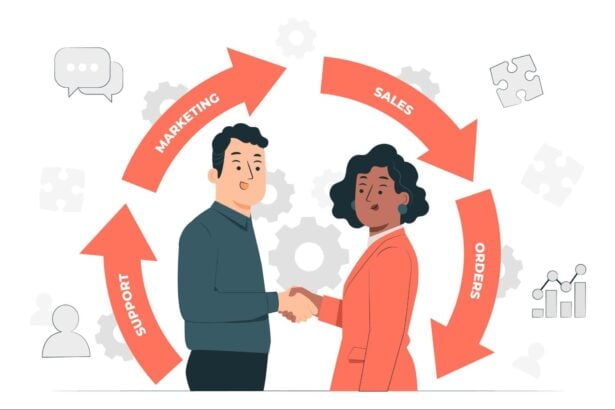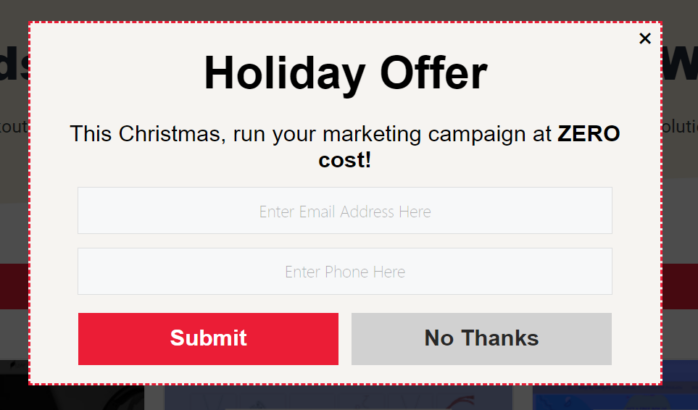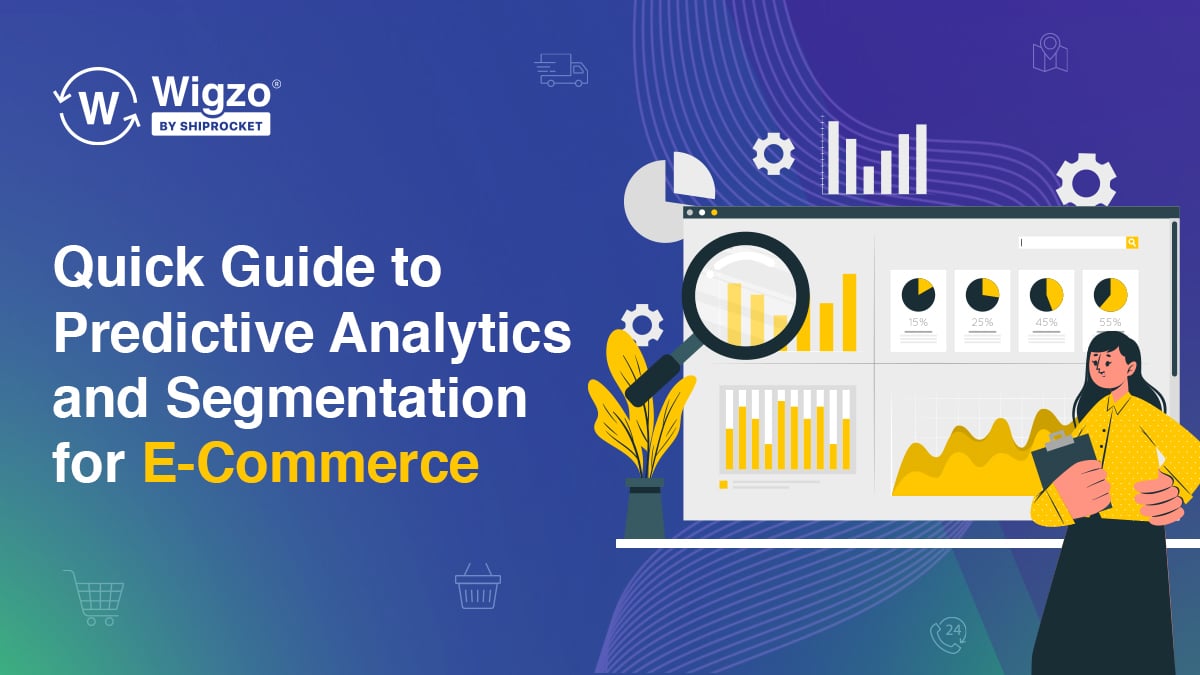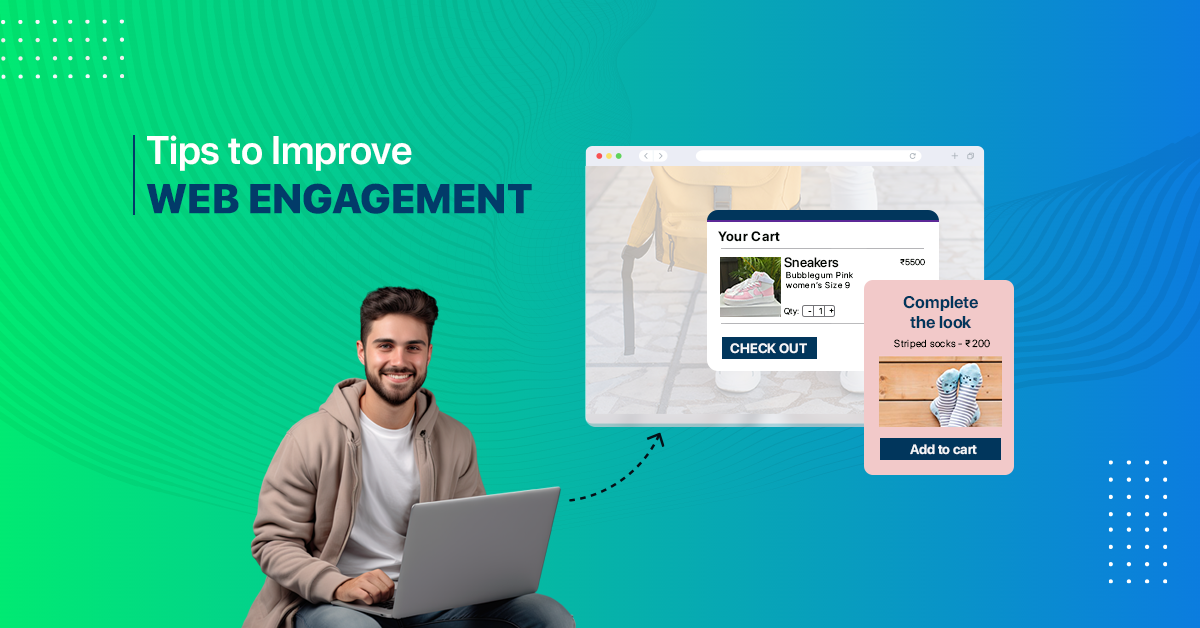As a D2C brand, are you looking for the best way to boost profits? Try mapping customer journeys! You will be better capable of understanding each consumer action and know what to do as a result.
Tracking customer journeys through revenue mapping helps in identifying users’ needs, intent, behaviours, and opportunities. A business’s ability to understand their customers is enhanced by creating a journey map of customer experiences.
Customer journey maps are a crucial tool in the arsenal. Businesses can develop a brand experience that attracts and retains customers by understanding their customers’ demands, driving forces, and challenges.
In light of this, let’s examine how to map the customer success journey and how it brings ROI to businesses.
What is the revenue roadmap?
Using a process called revenue mapping, you can pinpoint zones of your company where you can generate revenue. However, what does the revenue mapping procedure necessarily involve? Keep track of each stage of the customer experience to understand them.
A customer journey map is necessary to identify activities that are observable and easy to scale. These activities can be sales-effective for a brand and turn into profitable transactions. Also, you can have a separate list of activities you engage in that never, ever generate revenue.

Why do brands need revenue maps?
For businesses of all sizes and sectors, revenue mapping has been the secret to generating more money because:
Skyrocket conversions by 40%
Let’s say a business is having trouble with customer acquisition. Although the company website received a lot of traffic, it could not turn those visitors into shoppers.
After mapping out its customer path, the brand discovers that customers are not responding favourably to the existing offer. That means its potential purchasers will not be making any purchases.
Maps make it easy for brands to understand where they need to make an impact on customers.
Now, businesses may leverage the Exit Intent Popups with better offers to prevent customers from leaving the website.

Real-time data for hyper-targeted communication
Brands can use the data from the journey maps to develop target-specific sales and marketing campaigns. This is where analytics and insights are crucial.
A brand can discover its top consumers by getting a 360-degree view of them. To make smarter marketing decisions, go deeper into cohorts, evaluate performance, and extract crucial information.
Data drives personalisation. The key to ensuring your current and future customers feel that your products or services are tailored to their preferences is to personalise your approach.
This includes creating customised marketing SMS, emails, and push alerts for different target market audiences and ensuring that these messages reach them properly.

Hyper-personalised messaging & segmentation boost retention by 25%
It costs money to draw in new customers. Increasing the engagement of current and past customers can be a wise first step to take if you want to increase your revenue. Since they are already aware of the product, your existing consumers are more likely to convert. Find out which ones will remain loyal to your product, and which ones will drop off. Segmentation is key here.
When you lay out your customers’ journey, the likelihood of retention can be increased by 25%. How? Use RFM analysis (Recency, Frequency, Monetary)! A statistical method called RFM analysis can help you in segmenting your consumer base for more effective targeting and ROI.
Create messaging that will attract customers and hold their interest by gathering real-time customer data.

Increase AOV through upselling
One effective strategy to increase revenue is upselling. Here, businesses may present customers with complementary products and services that they could find appealing even if they hadn’t requested them.
Brands may leverage Onsite Behavioural Nudge to make personalised popups, suggestion nudges, and more for upselling. Once you get a better understanding of your customers, the choices become more obvious to offer.
Given how frequently your customers’ needs change, keeping the customer journey map flexible is crucial. Maintaining a regular track of your customer journey maps can help you avoid wasting opportunities to deliver superior customer care.

How to create a revenue map?
Here is a stepwise procedure to create a revenue map that discovers the revenue streams, evaluates your profitability and pours opportunities in the revenue voids.

Step 1: Be aware of what your customers see as success.
The complete customer success journey is built upon this. Knowing what your customers are looking for in your product will help you create a path to help them accomplish their goals quickly.
Step 2: Define the phases of customer success
- Awareness: Want to buy something new? Visit the landing page by clicking the ad.
- Consideration: Browse the website to explore several options.
- Purchase: Customer registers for your product and makes a purchase.
- Retention: The customer now has the option of continuing to use your product or stopping (churn). A customer success journey map outlines the steps your customers should take to maximise their success with your product. It also ensures that they renew their subscription at the end of their term.
- Advocacy: The consumer may recommend your product to others in their circle or post about it on social media if they use it effectively and accomplish all their goals.
Step 3: Create a roadmap of customer success touchpoints
Every possible channel for interaction between customers and businesses —email, SMS, websites, social networking sites, etc.—must be depicted on maps. When customers follow multiple courses, maps must also show various phases for these maps.
Step 4: Point out major customer milestones
The next stage is to align these interactions with the objectives of your consumers. At this customer journey stage, what objectives does your customer have? What are the key obstacles they must overcome to achieve their goals?
Success milestones result from the successful activity and will be linked to extras to guarantee that the customer receives the correct outcome.
At each milestone, determine how your customers define success. Your customer success journey map should reflect this.
Step 5: Find ways to enhance the customer journey and streamline it
At each milestone, look for indications that your consumer isn’t using your product successfully. You may wish to include them as warning signs on your customer success journey map. These will show that your solution isn’t being used by your customer effectively and they aren’t achieving their objectives.
Always keep an eye out for possibilities to speed up the process customers go through to reach each milestone.
Lastly..
Higher revenue is closely tied to the customer journey map.
Once you’ve adopted revenue mapping, it will drive sales and cut costs for your business. It marks the first step in growing your company’s earnings and profitability.
Defining the customer success journey should consider your consumers’ goals and objectives.
Look for opportunities to optimise and deliver better to provide more benefits to your customers, help them achieve their objectives, and keep them for a long time.













